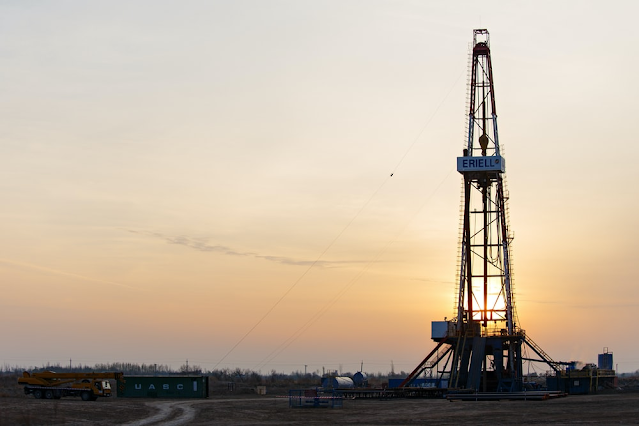The Interesting Science Of "Boring"
To most people, boring sounds, well, pretty boring. However, the actual science behind modern oil and gas exploration is far from that. Boring today involves advanced devices working collectively, called downhole tools. These tools go into the ground with the drill bit to serve all sorts of functions.
This article explains what modern boring technologies are in a layperson's language. Here's the interesting science behind boring.
Directional Drilling
For most of history, we've dug for water and drilled for fuel straight down. There are many problems with this. For example, if an oil reserve is located under a lake, it's more expensive to build an oil rig directly on top. There are also often obstacles in the way, such as layers of rock and gas pockets. Drilling through these to get to the hydrocarbon reserve is costly and risky.
This is why most hydrocarbon drilling projects today use directional drilling. Directional drilling uses complex drill bits that can change direction while drilling. This allows engineers to maneuver the drill around obstacles like a snake and get to the hydrocarbon reserves.
SWD
You may be wondering, how do engineers know where the obstacles are? How do they know where the oil reserve is, for that matter? They can't use x-rays or any other kind of electromagnetic waves to see underground. They use a method that bats and dolphins have been using to see for millions of years; echolocation.
Unlike light or radio waves, sound uses matter as a means to travel. Seismic While Drilling (SWD) technology uses sound waves to "see" beneath the earth and makes a 3D map of everything, including gas pockets, rock formations, and oil reserves.
LWD
It's not enough to know the locations of obstacles; engineers also need to know the precise location and orientation of the drill bit. You can't tell where to go if you don't know where you are. This is where Logging While Drilling (LDW) comes in. An LWD tool is placed next to the drill bit to measure the orientation of the drill. It then uses mud pulse telemetry to communicate data back to the engineers, who can maneuver the drill precisely.
True Shot recently launched its M1 Unmanned MWD, which is the first of its kind in terms of precision and battery life. This downhole tool can work under up to 20,000psi for 1500 hours. Visit the True Shot website for more information on M1 Unmanned MWD.





Comments
Post a Comment